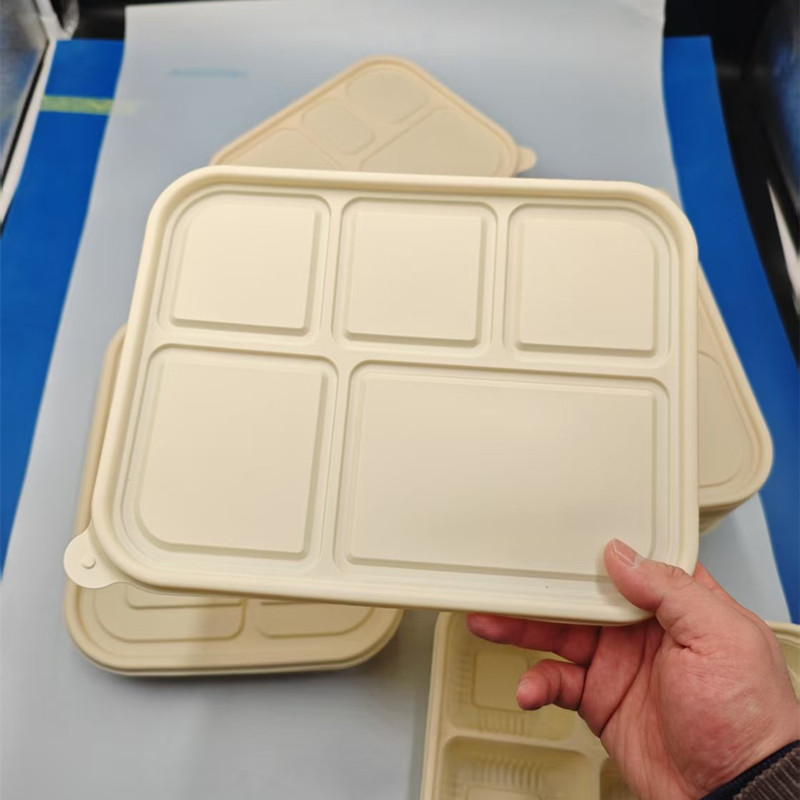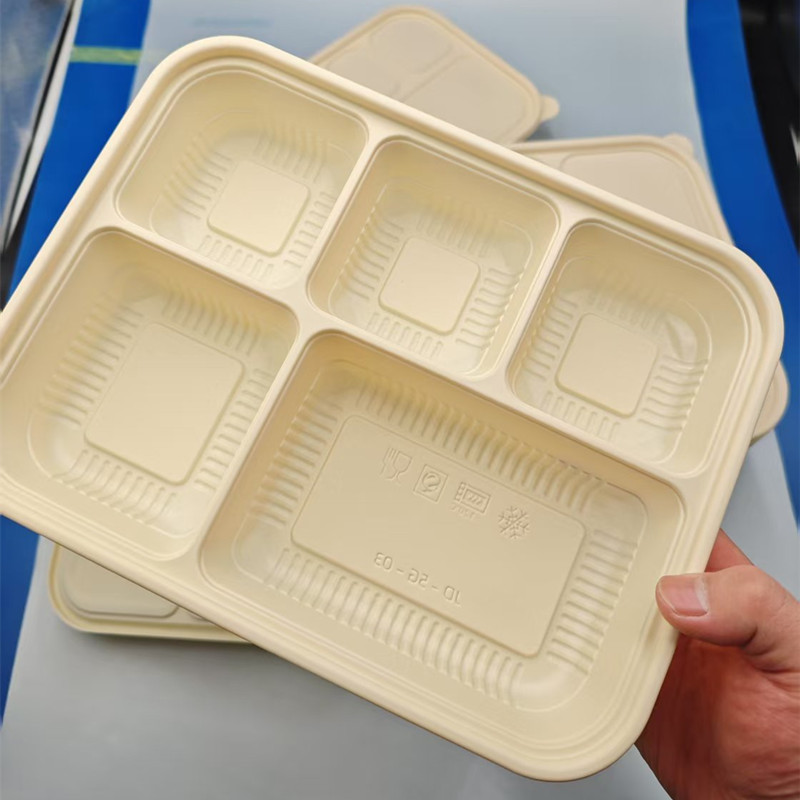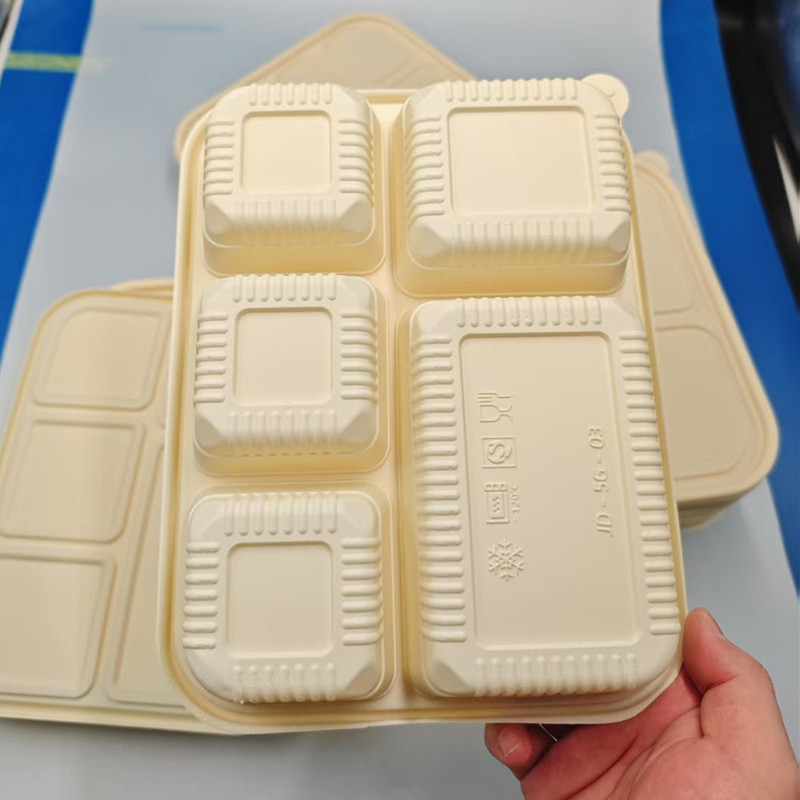Core Characteristics
Food Safety & Non-Toxicity
Compliant with international food safety standards such as FDA (U.S. Food and Drug Administration), EU EC 10/2011, and China GB 4806.7, PLA disposable food containers are non-toxic, odorless, and free from harmful substances like bisphenol A (BPA) or phthalates. They do not release toxic compounds when in contact with hot or cold food, ensuring safe storage and transportation of food items (suitable for temperatures ranging from -20°C to 100°C for short-term use).
Biodegradability & Environmental Friendliness
The most prominent advantage of PLA disposable food containers is their biodegradability. Under industrial composting conditions (controlled temperature of 55-70°C, humidity of 50%-60%, and sufficient oxygen), they can be completely decomposed into carbon dioxide and water within 6-12 months, leaving no microplastics or toxic residues. Even in natural environments (e.g., soil or marine ecosystems), they gradually break down over 2-5 years, significantly reducing long-term environmental pollution compared to traditional plastics that take centuries to degrade.
Good Physical Performance
Heat Resistance: They can withstand short-term heating (e.g., 30 seconds in a microwave oven for reheating food, depending on product thickness) and are suitable for holding hot meals like soups, noodles, or stir-fries (avoid prolonged exposure to temperatures above 120°C, as this may cause deformation).
Oil & Water Resistance: The smooth surface and dense molecular structure of PLA prevent oil penetration and water leakage, making them ideal for packaging oily foods (e.g., fried chicken, sushi) or liquid-based dishes (e.g., porridge, curry).
Transparency & Aesthetics: Many PLA disposable food containers feature high transparency, allowing consumers to clearly see the food inside, while also supporting customization (e.g., matte finish, colored printing) to meet brand packaging needs.







